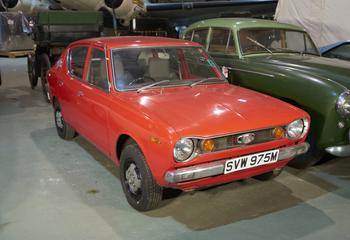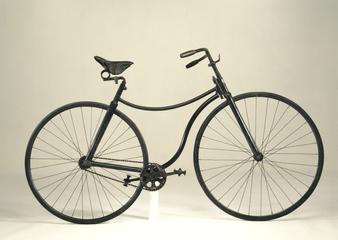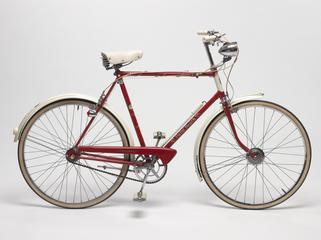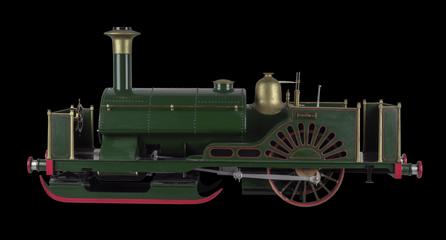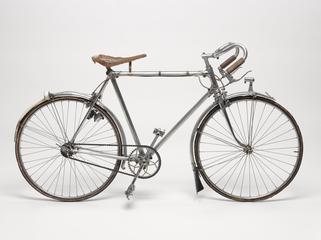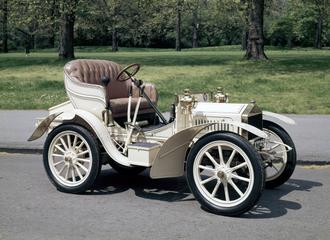
Lanchester Car No.2
- Made:
- 1897 in Birmingham
- maker:
- Frederick William Lanchester








Lanchester car No.2, 1897, with two-cylinder, air-cooled motor which drives the rear wheels through a longitudinal shaft and worm gearing.
This was the first "silent" car, and probably the first to have a magneto ignition. Dr Lanchester was one of Britain's greatest automotive engineers, and one of the pioneers of the industry, having made the first British automobile. In 1891, after attending Hartley University College (now University of Southampton) and the National School of Science, Lanchester went to work for a gas-engine works in Birmingham. During his employment at the firm he improved the products by designing a pendulum governor and a starter. After five years he left to set up his own automobile-manufacturing firm, producing his first car, a one-cylinder, five-horsepower model, in 1896, and destroyed in the Coventry Blitz in 1940. His second car, this object, with two cylinders, won the Gold Medal of the Royal Automobile Club in 1899, and a third led to backing for the Lanchester Engine Company, which was formed in 1899 and produced several hundred cars over the next few years. Its first production cars were sold in 1901. As a member of the Advisory Committee on Aeronautics in 1909 and, later, as a consultant to the Daimler Motor Company, Ltd., he also contributed to the development of operations research.
Details
- Category:
- Road Transport
- Object Number:
- 1922-166
- Materials:
- metal (unknown), rubber (unidentified), leather, wood (unidentified), copper (alloy) and glass
- Measurements:
-
overall: 1790 mm x 1520 mm x 2630 mm,
- type:
- private cars
- credit:
- Trustees of Motor Museum
